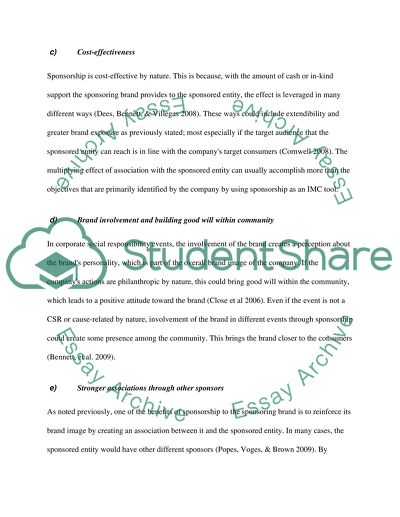Cite this document
(The Advantages of Sponsorship for Businesses Term Paper, n.d.)
The Advantages of Sponsorship for Businesses Term Paper. Retrieved from https://studentshare.org/marketing/1556289-marketing-communications-on-sound-choice-report-format-not-essay
The Advantages of Sponsorship for Businesses Term Paper. Retrieved from https://studentshare.org/marketing/1556289-marketing-communications-on-sound-choice-report-format-not-essay
(The Advantages of Sponsorship for Businesses Term Paper)
The Advantages of Sponsorship for Businesses Term Paper. https://studentshare.org/marketing/1556289-marketing-communications-on-sound-choice-report-format-not-essay.
The Advantages of Sponsorship for Businesses Term Paper. https://studentshare.org/marketing/1556289-marketing-communications-on-sound-choice-report-format-not-essay.
“The Advantages of Sponsorship for Businesses Term Paper”, n.d. https://studentshare.org/marketing/1556289-marketing-communications-on-sound-choice-report-format-not-essay.


